Creating a QR Code for SurveyMonkey
- Log into SurveyMonkey
- Open your survey
- Click on “Collect Responses”
- Choose “Share a survey link”
- Copy the survey link
- Use a QR code generator
- Generate and download
SurveyMonkey is a popular and user-friendly survey platform trusted by millions of users worldwide. Businesses, educators, and researchers use it to collect valuable insights and connect with participants. It’s easy to see the value of a well-crafted questionnaire, but have you ever wondered how you can make your surveys even easier to access? This is where QR codes come into play.
Using QR codes for your surveys not only increases your reach but also makes participation simple and convenient. Whether you’re distributing surveys at events, displaying them on posters, or adding them to physical products, QR codes provide quick, hassle-free access for your desired audience. However, SurveyMonkey isn’t the only tool available — Jotform, a powerful SurveyMonkey alternative, also provides integrated QR code features.
Why should you use a QR code for your surveys?
A QR code (short for Quick Response code) is a type of barcode that smartphones and tablets can scan using a built-in camera. When scanned, it automatically opens a specific link, like your online survey, without anyone having to type in a long URL.
So why bother with QR codes for surveys? Because they make collecting responses easier, faster, and more efficient.
Benefits of using QR codes for surveys
1. Instant access with minimal effort
Typing a long survey URL on a mobile device isn’t user-friendly and often leads to drop-offs. QR codes remove that friction. Participants simply point their phone cameras at the code, tap the link that pops up, and they’re instantly routed to your survey. This seamless experience can significantly increase participation, especially in environments where time and attention are limited.
2. Multichannel distribution for broader reach
QR codes can be printed or displayed almost anywhere — on event banners, flyers, business cards, receipts, menus, product packaging, or even slides during a presentation. This allows you to reach audiences both online and offline, without depending solely on email or web-based sharing. For instance:
- A restaurant can create a QR code for menus or place one on the bill to collect feedback.
- An event organizer can display a QR code on entry passes to capture attendee impressions.
- A retail brand can add a QR code to product tags for quick post-purchase reviews.
3. Real-time feedback collection
Need quick insights during an event, after a purchase, or at a service point? QR codes are ideal for gathering feedback on the spot. Because they’re mobile-friendly, people are more likely to complete your survey immediately, while the experience is still fresh. This immediacy leads to more accurate, relevant feedback.
4. Trackable engagement (with the right tools)
Many QR code generators (including some free options) offer analytics features. This means you can track
- How many times your code was scanned
- Where and when scans occurred
- Which devices or platforms were used
These insights can help you assess the success of your survey campaign — and even compare how different placement strategies perform (e.g., QR codes on printed receipts vs emailed QR code images).
5. A modern, contactless solution
QR codes offer a touch-free way to interact in a world increasingly conscious of hygiene and convenience. Especially in high-traffic areas or shared spaces, scanning a code from a distance is faster and safer than typing on shared kiosks or touching public screens.
Pro Tip
Use the Jotform QR Code Generator to create contactless survey links that are easy to scan and safer to use in public spaces.
How to create a QR code with SurveyMonkey
Creating a QR code for your SurveyMonkey survey is simple. Here’s a step-by-step guide:
Step 1: Log into SurveyMonkey
Navigate to SurveyMonkey and sign in with your account credentials.
Step 2: Open your survey
Once you’ve logged in, find your desired survey on the dashboard and click to open it.
Step 3: Click on “Collect Responses”
This option is located in the top-left menu of your survey page.
Step 4: Choose “Share a survey link”
Click on Share a survey link to generate a shareable link to your survey.
Step 5: Copy the survey link
Once generated, copy the link to your clipboard.
Step 6: Use a QR code generator
Open a trusted QR code generator such as QR Code Generator, and paste your SurveyMonkey link into the provided field.
Step 7: Generate and download
Customize the QR code as desired, then click Generate and download your QR code. You can now share it digitally or in print.
Note: QR code generation within SurveyMonkey is available primarily on paid plans.
Jotform as an alternative QR code generator for surveys
While SurveyMonkey is popular, Jotform stands out as an excellent alternative with its intuitive form-building tools, rich customization options, and built-in QR code integration.
Users particularly appreciate Jotform for its user-friendly interface and versatile templates. Besides surveys, Jotform helps create payment forms, order forms, contact forms, and more. Its robust QR code features enhance accessibility and user engagement significantly.
Why choose Jotform?
- Easy-to-use interface: Jotform’s drag-and-drop functionality allows users of all skill levels to create professional-looking surveys and forms quickly.
- Highly customizable templates: Choose from hundreds of templates for surveys, quizzes, feedback forms, registrations, and more.
- Integrated QR code features: Generate personalized QR codes directly within Jotform, eliminating the need for external tools.
- Multiple sharing options: Easily share your surveys via email, social media, or embed them in websites and apps.
- Additional form types: Beyond surveys, Jotform supports payment forms, quizzes, event registration, and more.
A step-by-step guide: Creating a survey QR code with Jotform
Creating a survey QR code with Jotform is straightforward. Here’s how:
Step 1: Log in to your Jotform account
Go to Jotform’s homepage, log into your account, and select “Create Form.”
Step 2: Build your survey
Choose “Start From Scratch” or select a premade template. Customize your questions and design according to your needs.
Step 3: Generate QR code
- Once your survey is ready, navigate to the Publish tab.
- Click on Quick Share.
- Select the QR Code option from the left menu.
Step 4: Download and share
- Click Download QR Code.
- You can now print this QR code or digitally embed it on websites, emails, or social media.
This effortless process helps you reach more respondents and enhance your survey’s effectiveness.
A powerful, versatile survey solution
QR codes significantly improve survey participation by making it easy and quick for respondents to access your questions. While SurveyMonkey is a widely used option, Jotform emerges as a powerful alternative, providing more customization, ease of use, and versatile QR code integration features.
Whether you want feedback at an event or a customer satisfaction survey in your store, Jotform offers a comprehensive, user-friendly solution for creating surveys and QR codes.
Ready to try a better survey solution? Explore Jotform today!
This article is tailored for business owners, marketers, educators, and researchers who use surveys to collect feedback and want to improve participation through easy, mobile-friendly access.
Photo by Marielle Ursua on Unsplash

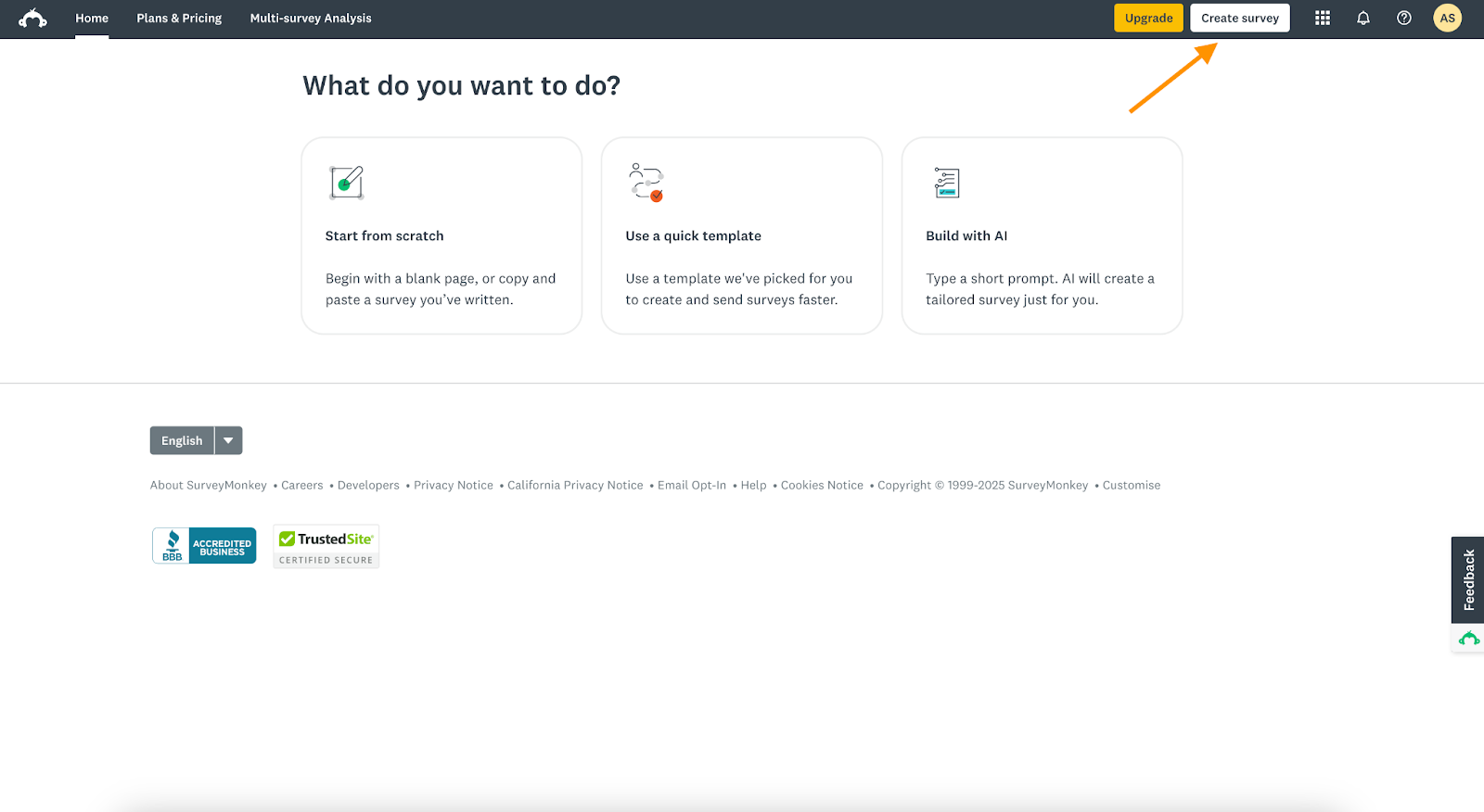
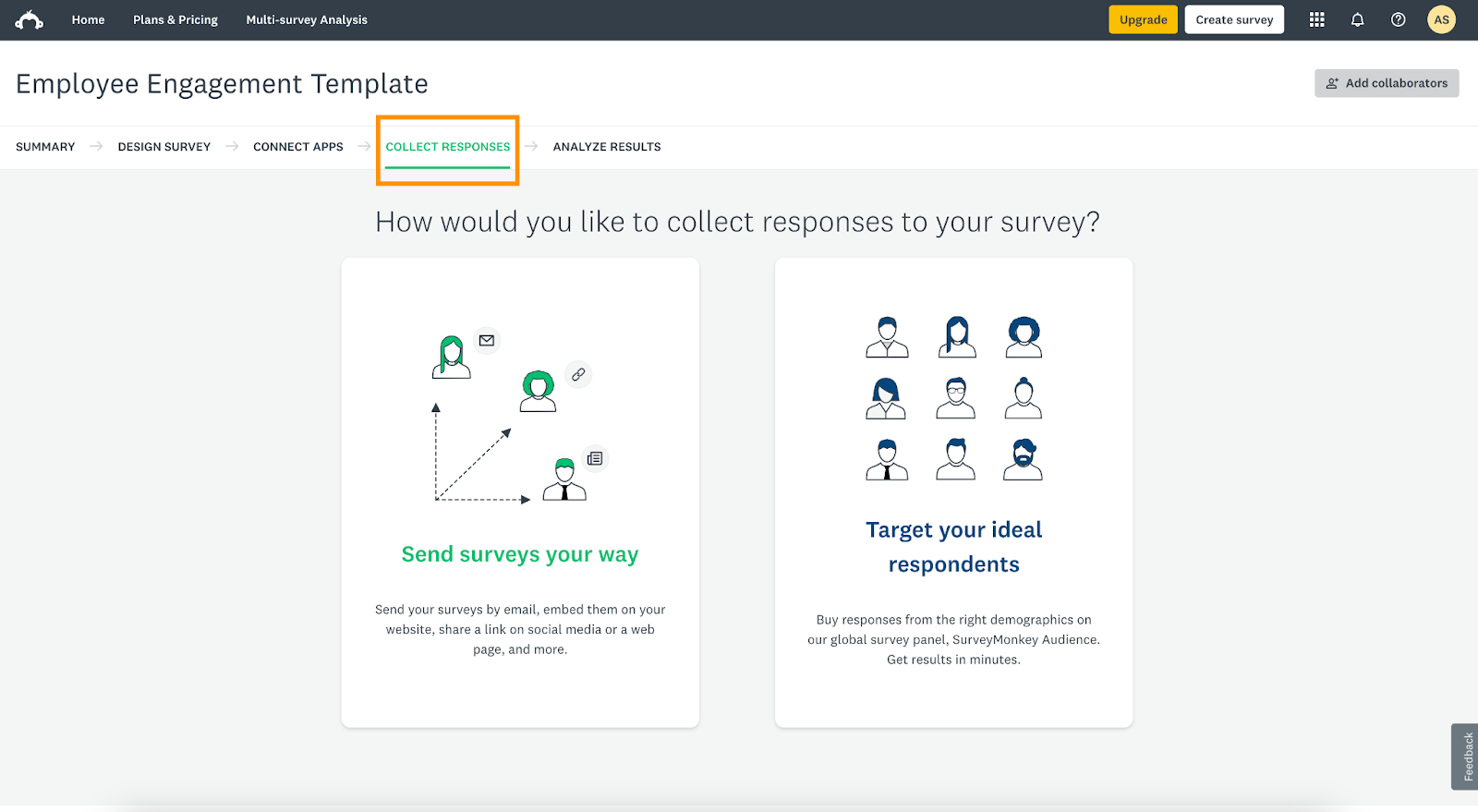

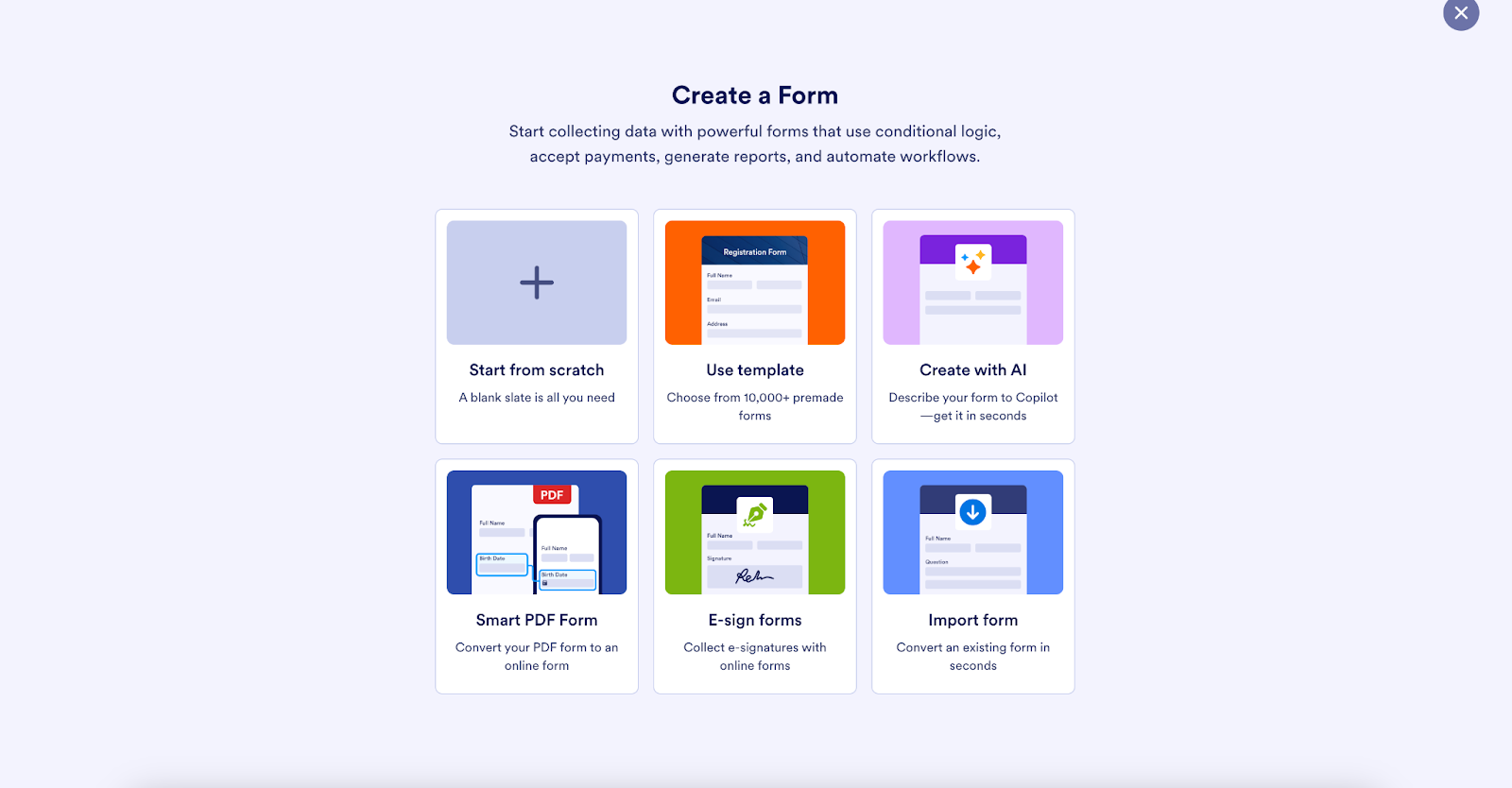
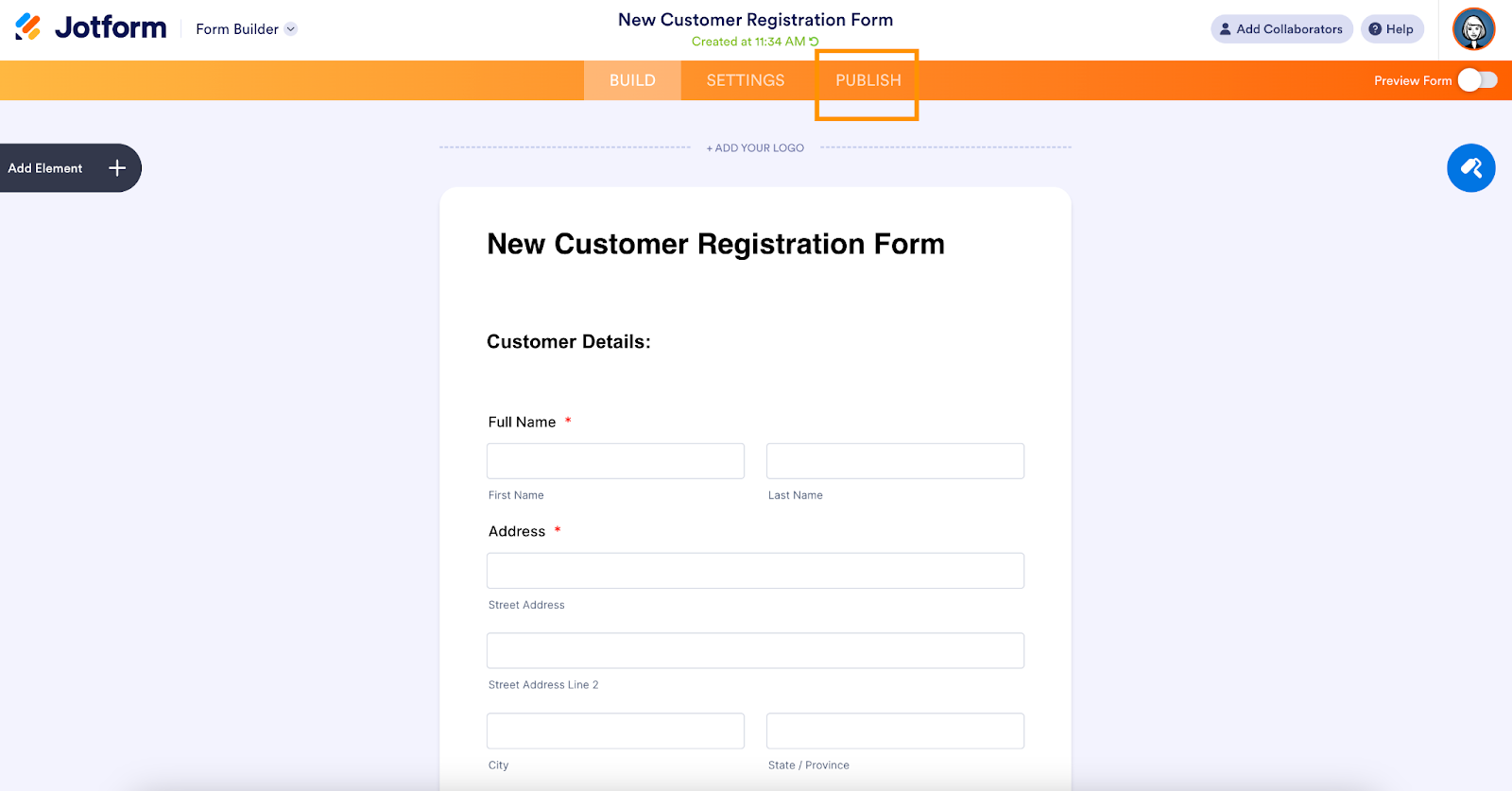
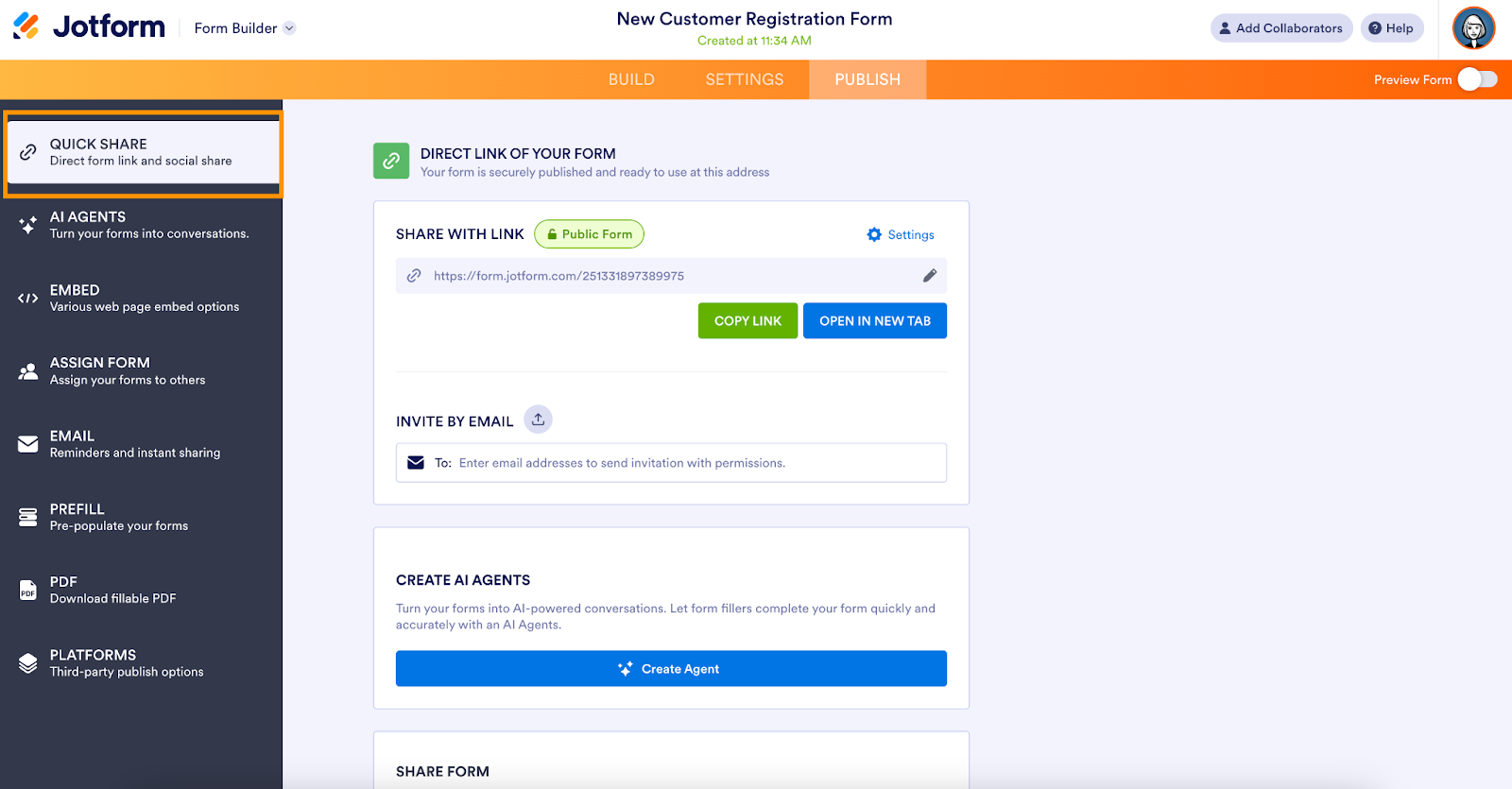
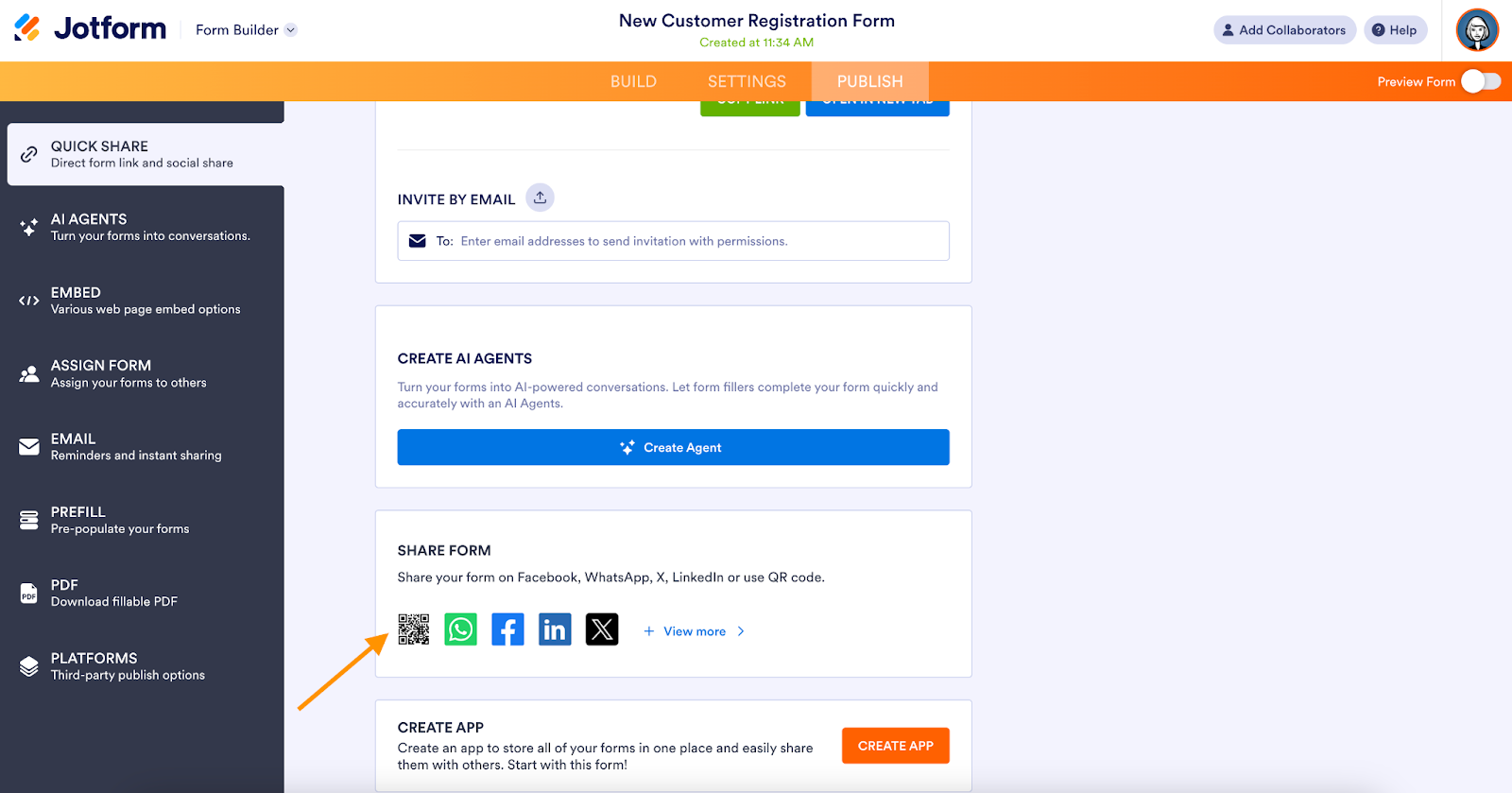
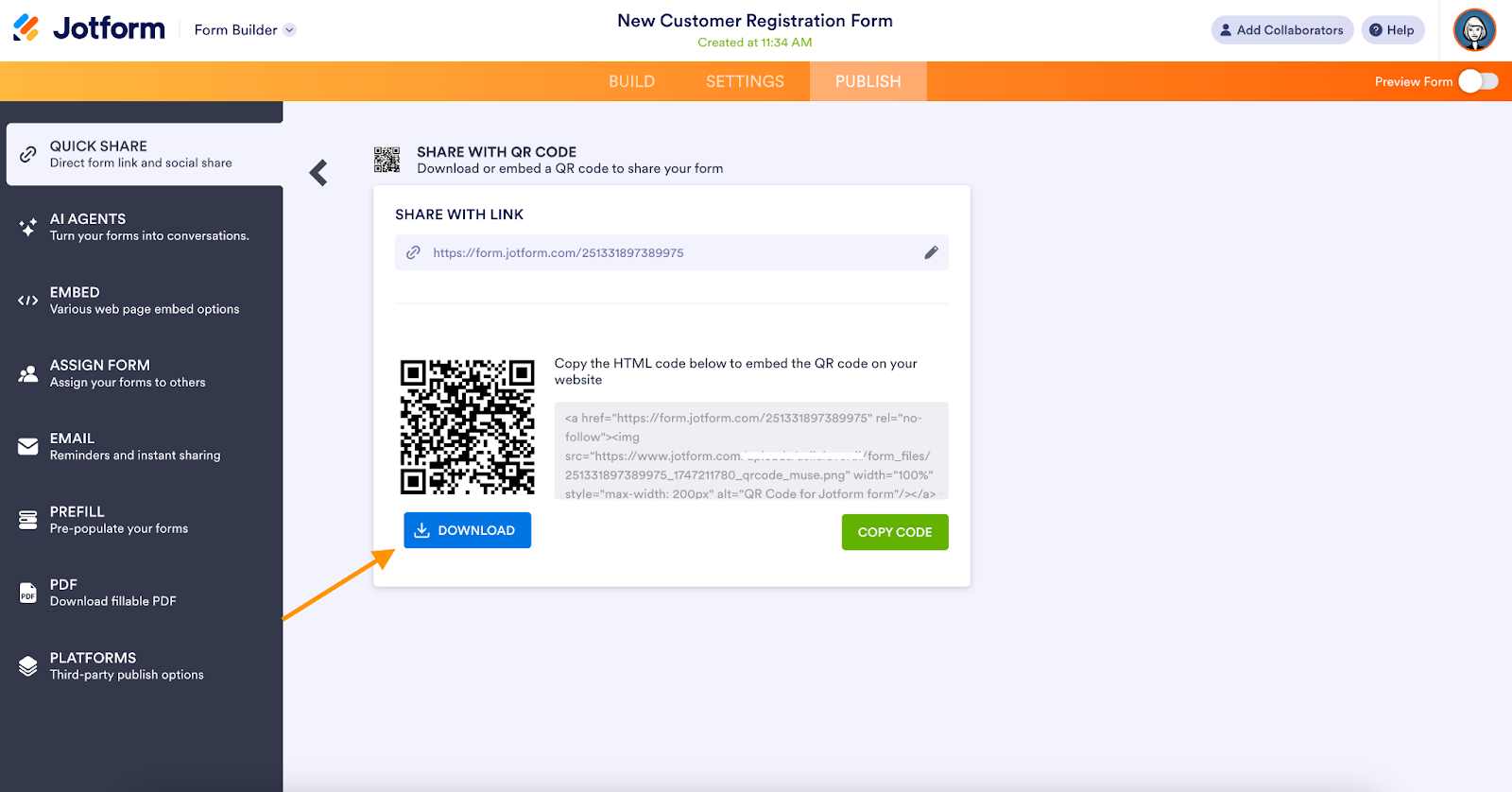

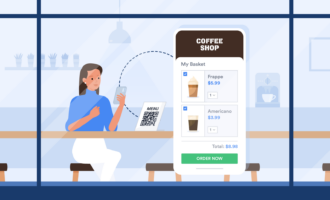
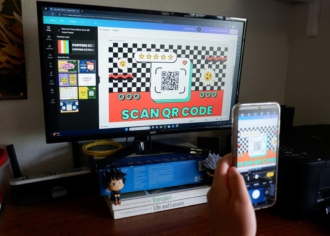






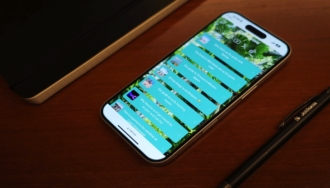


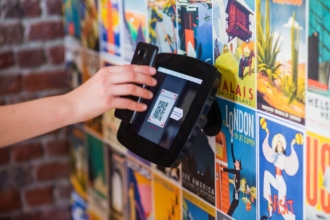







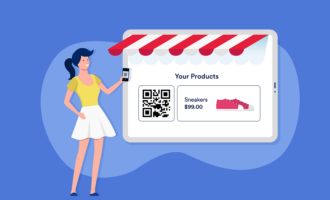

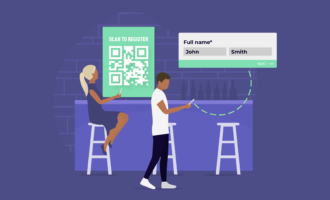








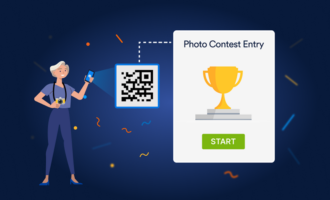
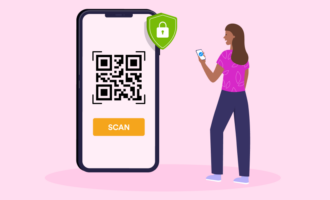






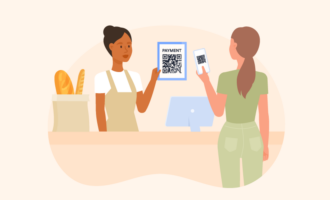
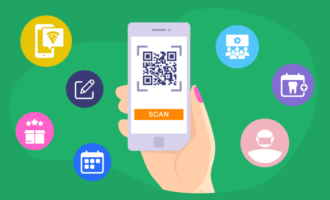





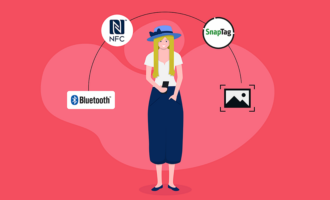








Send Comment: